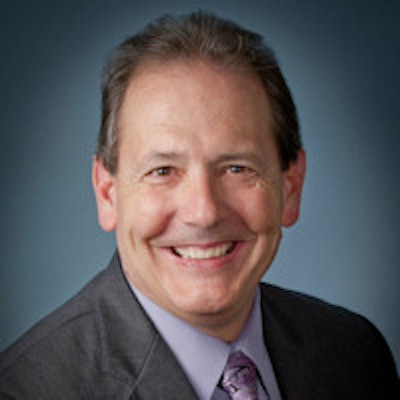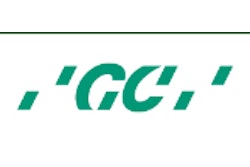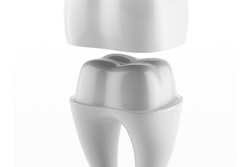
When Mark J. Fleming, DDS, graduated from dental school, fewer materials were available for restorations. Now, with multiple material options and chairside CAD/CAM technology, the practice of dentistry and how to best serve patients have changed. In this interview with DrBicuspid.com, Dr. Fleming describes the evolution of materials and technologies that have improved the options for dentists.
 Mark J. Fleming, DDS.
Mark J. Fleming, DDS.Fleming believes that it's important for dentists to understand what materials serve best for the clinical situation.
"When you become involved with chairside CAD/CAM dentistry and you're milling different materials, it behooves a dentist to understand what materials are being used," he said. "You have to understand which properties best serve different conditions, and then you have to decide which materials are best for the patient in the chair."
Dr. Fleming is a cerecdoctors.com resident faculty member at Spear Education Campus. He is also a basic and advanced trainer for Patterson Dental for Cerec technology.
New materials
As an example of how things have changed, Dr. Fleming said that the rule when he was in dental school was you couldn't put porcelain on a biting surface.
"You could have porcelain on the outside for aesthetics," he said. "But you had to have a metal biting surface. There have been many changes since then."
“When you become involved with chairside CAD/CAM dentistry and you're milling different materials, it behooves a dentist to understand what materials are being used.”
Some of those many changes involve new materials, and some are a result of technology that wasn't even on the drawing board when he graduated from dental school.
"Even in 2001, there were only two or three materials available," Dr. Fleming said. "Those materials did serve us well for many purposes, but the big breakthrough was when Ivoclar Vivadent released its lithium disilicate glass ceramic for the posterior area."
What was revolutionary about the lithium disilicate glass ceramic was that it offered strength in comparison to existing materials.
Now, with hybrid materials such as Cerasmart (GC America), Vita Enamic (Vita Zahnfabrik), and Lava Ultimate (3M) available, Fleming said the options for chairside dentistry have expanded.
"Vita Enamic can be milled without any firing and used in the posterior areas," he said. "Cerasmart and Lava Ultimate are great. I like to use them for partial coverage as they are highly polished, well-milled, and well-fitting restorations."
Patient convenience, practice benefit
Not only did the materials used for restorations changed, so did Dr. Fleming's relationship with his patients as the materials evolved and chairside milling technology improved.
"It first evolved as a convenience factor for the patient," he said. "Being able to complete restorations in one visit is huge. But even if it is an aesthetic issue, I didn't have to send them to the lab like I used to."
While there is still no guarantee that shade matching issues won't occur, Dr. Fleming noted that he became more aware of what it took to complete an anterior restoration.
"Not only the material makeup of the block, but what it took to finish it afterward," he said. "I was able to offer those types of services to my patients, whereas before it was kind of hit or miss. Once this service became more predictable, it was better for the patient and better for the practice."
The benefits to both the patient and the practice are many, he noted.
"The one thing you can never get back is time," Dr. Fleming said. "If I was able to complete a restoration in one visit and help reduce the time that the patient had to stay in my office, then that was a definite benefit to them and to my practice."
An overlooked benefit, he said, was what he could do during the milling process.
"I was able to do other things in the office during that downtime," Dr. Fleming said. "We could get people in to take a look at what we called 'urgencies,' or we could schedule appointments that were only going to take a half hour or so."
One of his greatest satisfactions was when patients referred their friends and family to him. He said these word-of-mouth referrals are crucial.
"Not only do patients talk, but they talk to their dentists," he said. "It definitely makes an impact."



















